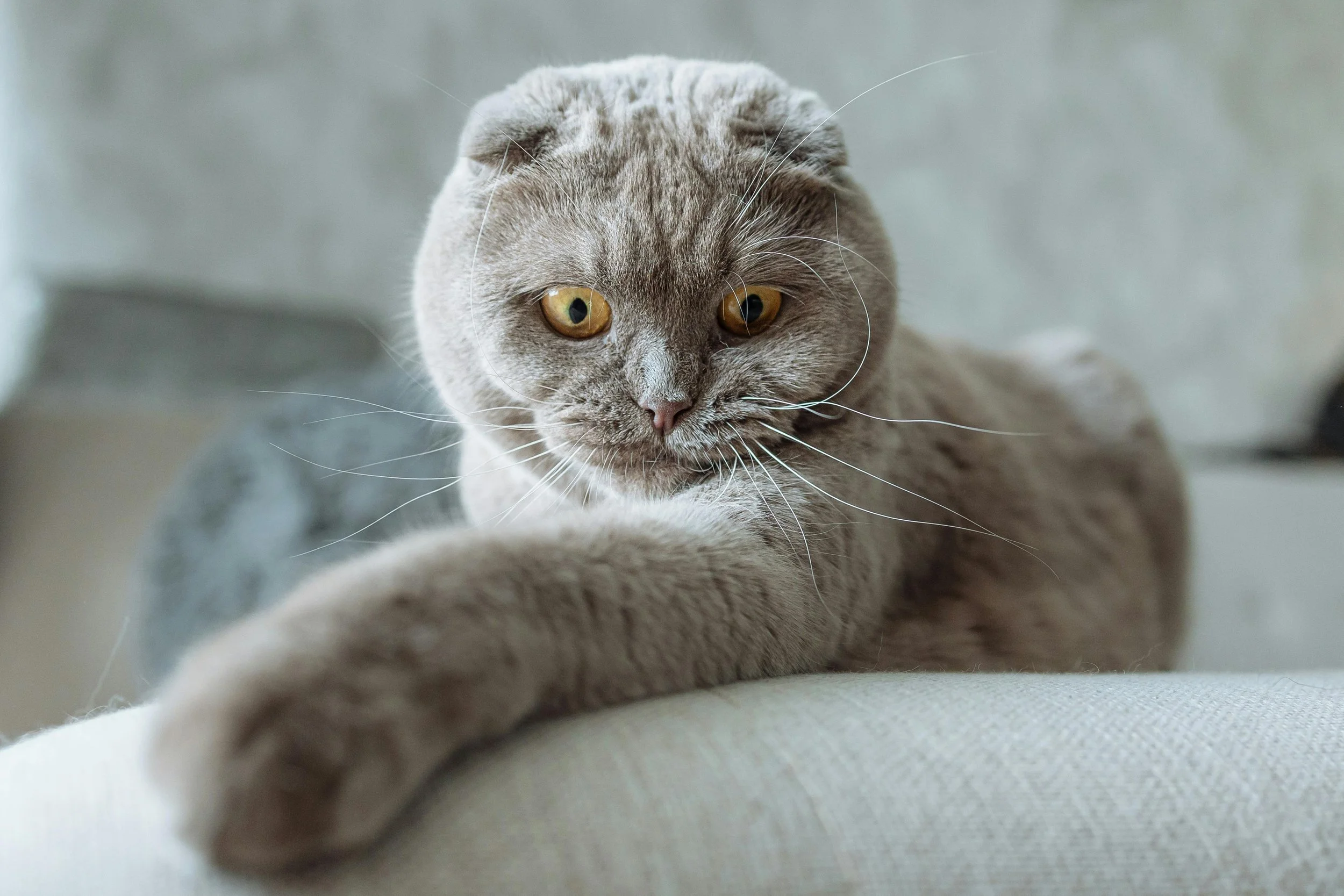Who sits beside us as a tender, present witness at every threshold? Deep within our ancient and living heritages, Bear returns again and again—in folklore, ritual, ceremony, and legend—as a living presence in moments of transformation. Whether she appears as lover, mother, child, healer, midwife, shaman, or guide, within the spell of the telling, Bear offers us her hallowed den—a breathing, fluid space where psyche and nature, creature and cosmos curl together as one. Here, in the enduring pulse of her wild presence, she wraps us in her warmth and fur holding us steady as change reshapes us.
Read MoreThe Sacred Seamstress: Weaving the Web That Holds Worlds Together
In these shadowed and fractured times, when visions of one world rise against one another, we must remember the Sacred Seamstress who eternally weaves worlds back into belonging. She appears as Na'ashjé'ii Asdzáá, Spider Grandmother of the Navajo, or as Amaterasu Omikami, the Japanese Shinto sun goddess, or the Valkyries of Norse legend just to name a few . . .This feminine archetype dwells in the shadows wearing a thousand forms and names. Perhaps she awaits within you? Now is the time to call her forth, and she will rise; nourish her, and she will flourish. Explore a few of her many faces and wisdoms in this blog.
Read MoreCeltic Horse Goddesses: Sovereign Riders who Harness Two Galloping Truths
How do we live with the parts of ourselves that pull in opposite directions—the ache between duty and desire, safety and freedom, comfort and becoming? Myth doesn’t give us neat answers, but offers meaning, metaphor, and creative possibilities . . . Woven into the heartbeat of Celtic horse goddess myths is a lesson on how to live within paradox. Celtic horse goddesses don’t flee contradiction—they ride it—reminding us that wholeness isn’t found in resolution, but claiming power within the pull: imperfect, and beautifully whole.
Read MorePhoto Credit: Thirdman on Pexels
The Trickster's Timeless Tango: Puss in Boots and the Endless Dance of Tradition and Change
Should we preserve ancient stories exactly as they were first told, or do we have the right to reimagine them for our own time? From the centuries-old folktale of a mischievous cat to the swashbuckling charm of Universal Studios’ recent animated Puss in Boots, this beloved feline trickster slips nimbly between worlds and eras into our modern day hearts. Reflecting on the reinvention of Puss in Boots feels timely and meaningful. His story offers a vivid example of how a classic folktale can be reshaped to capture the imagination of new audiences. What if tradition and change are not in a battle, but are dancing a flirtatious two-pawed tango—an intimate, ever-shifting eternal dance of lead and follow, keeping stories vibrantly alive.
Read MoreTide, Tears and Transformation: How Ocean Myths Mother Grief into Meaning
Many maritime myths are stories of love and loss, where the ocean is not just a backdrop but a character in her own right. Like a great mother who bears witness to sorrow, her saltwater depths cradle and honor the tears that fall. Just as salt has long been used as a healing salve, the sea itself becomes a balm—ritualizing grief and softening it into something the heart can hold, both for those who live the tale and those who witness it.
Read MoreSelkie's Son: The Boy of Both Worlds, The Root of Her Return
What becomes of the child born between sea and shore—who must choose whether to hold on, or to let his mother return to the sea where she belongs? Reimagining the tale of the Selkie from the perspective of the Selkie’s son, a liminal figure who carries love and loss in equal measure we come to see the deeper currents that give the story its enduring power. As his mother reclaims her stolen self, he is left to navigate the ache of her absence. Woven with archetypal insight and rich folklore, the story moves like the tides under the pull of many moons—revealing different phases of the whole depending on the vantage point of each character in the story. We descend into the sacred depths of loss, witnessing the grace of a soul who restores what is stolen, frees what is held captive, and weaves back into wholeness a shattered world.
Read MoreFairy Rings and Feral Things: the Forgotten Fungal Folklore Web
What if the truths we discover through microscopes has long been told in myth — rooted in the threads of timeless story beneath our feet? Modern science is only now catching up to the quiet wisdom of fungal folklore that has always been humming beneath the forest floor since ancient times. Beneath the mulch of memory, mushroom lore holds the spore-seeds of stories—tales of wild women and earth-born wisdom, of how the world first woke and began to weave itself alive.
Read More

